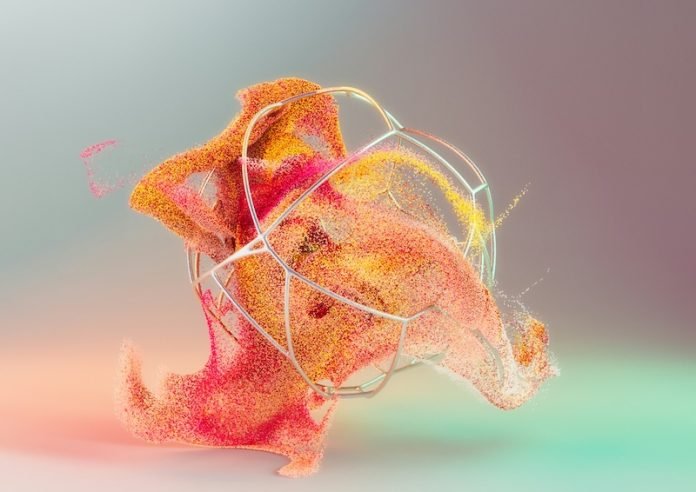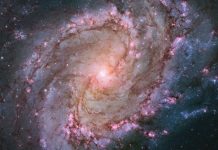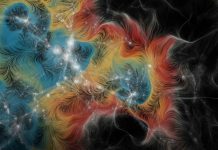
Have you ever wondered how some of the basic elements that make up our bodies and the world around us came to be?
A group of scientists led by John R. Ellis from Kings College London has a fascinating take on this.
They believe that the existence of humans, and mammals in general, might be closely tied to the waves that ripple through the universe, known as gravitational waves.
Let’s break this down into simpler terms. Gravitational waves are like ripples that spread out across the universe when massive objects move.
These waves play a huge part in a cosmic dance, where neutron stars—extremely dense remains of exploded stars—gradually move closer together and eventually collide.
This collision is not just a spectacular cosmic event; it’s also a factory for some essential elements found on Earth, including iodine and bromine.
Now, why are iodine and bromine important? Our bodies are like complex machines that need various elements to run smoothly. Iodine is crucial for making hormones in the thyroid, a small gland in your neck that regulates your metabolism.
Bromine helps in the development of connective tissue. Without these elements, life as we know it would be quite different.
But where do these elements come from? The universe is like a giant kitchen with various recipes for making elements.
Most of the elements that are essential for life, like hydrogen, carbon, and oxygen, are cooked up in the fiery furnaces of stars and spread throughout the universe when these stars explode. This explosive end is known as a supernova.
However, iodine and bromine, along with a few other elements, are made through a special process that happens when neutron stars collide.
This process, known as the r-process, involves a rapid capture of neutrons, leading to the creation of heavier elements. It’s fascinating to think that such violent events billions of miles away are responsible for some of the key ingredients of life on Earth.
The r-process is not just a theory. Scientists have observed these neutron star collisions and the gravitational waves they produce. One famous collision, detected in 2017, was so powerful that it sent ripples through the fabric of space-time itself, detected by observatories on Earth.
This event not only confirmed the existence of gravitational waves but also showed us a cosmic process where essential elements for life are made.
Interestingly, the paper suggests that we might find traces of these cosmic events on the Moon, which has remained untouched by human activities. By studying the lunar soil, scientists hope to find more clues about the origins of essential elements like iodine.
So, next time you look up at the night sky, remember that the stars and the invisible waves they send out are not just beautiful to behold. They are part of a complex process that has made life on Earth possible.
The universe is not just a space filled with stars and planets; it’s a dynamic, interconnected system that has a direct impact on our existence. The cosmic dance of stars and gravitational waves is more than just a spectacle; it’s a fundamental part of what makes us who we are.
The research findings can be found in arXiv.
Copyright © 2024 Knowridge Science Report. All rights reserved.



